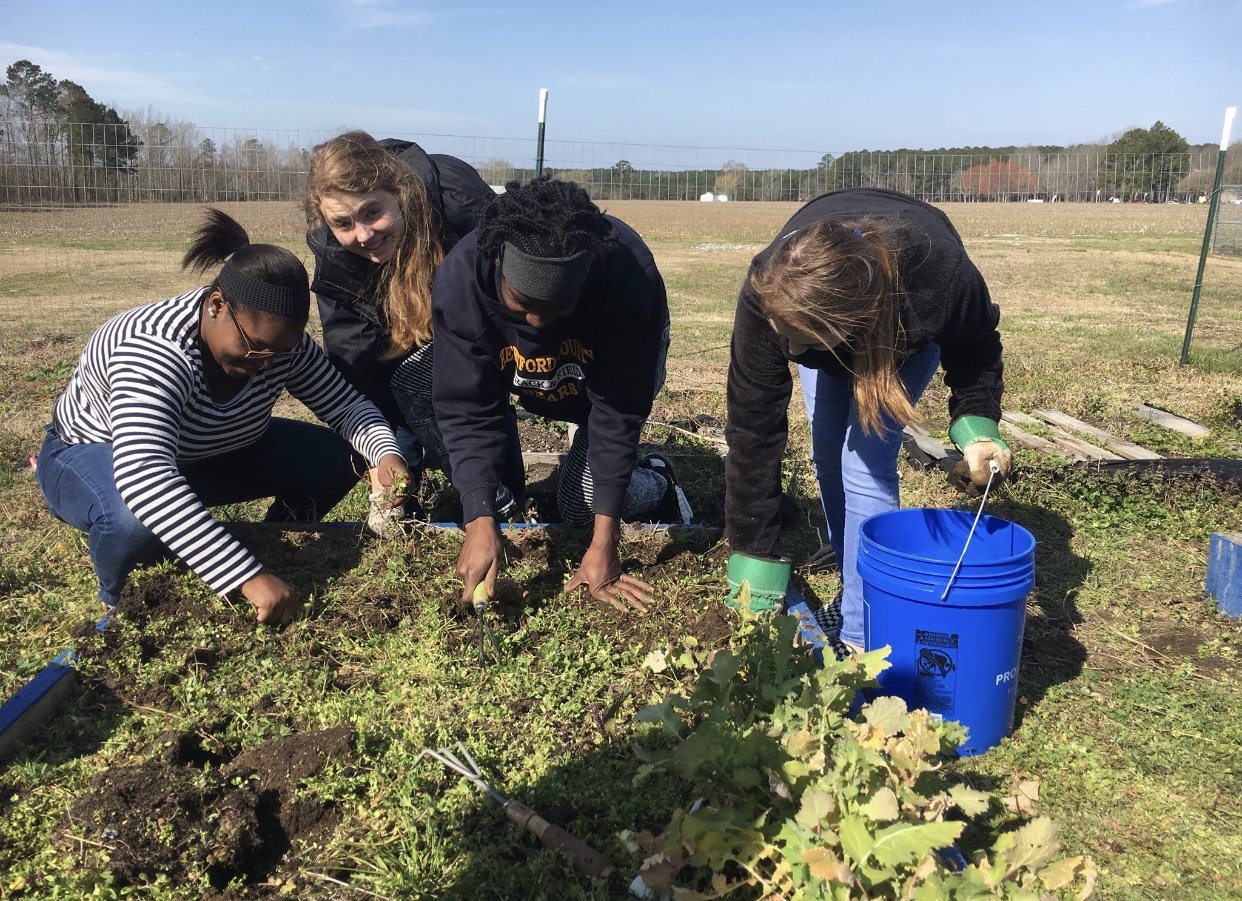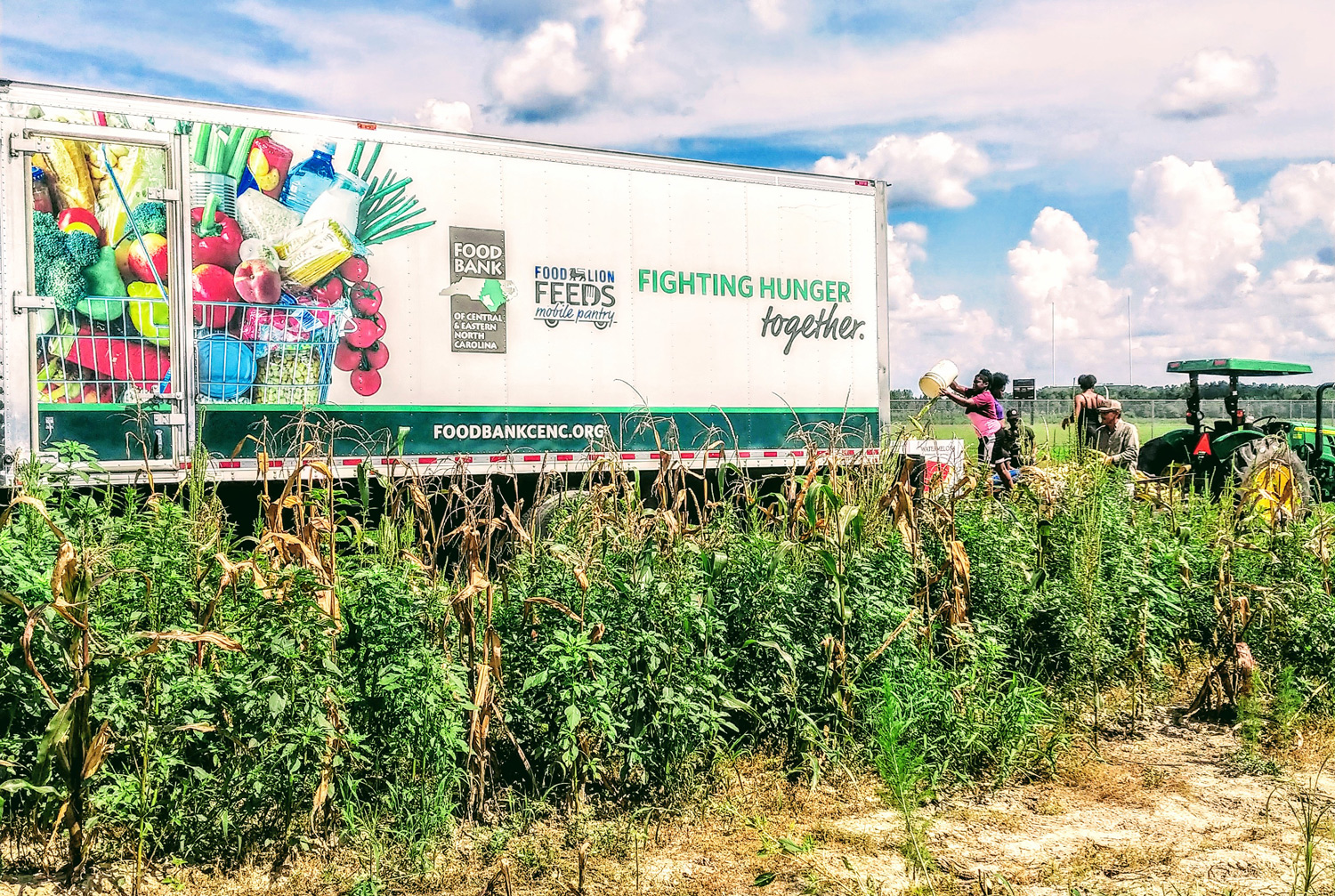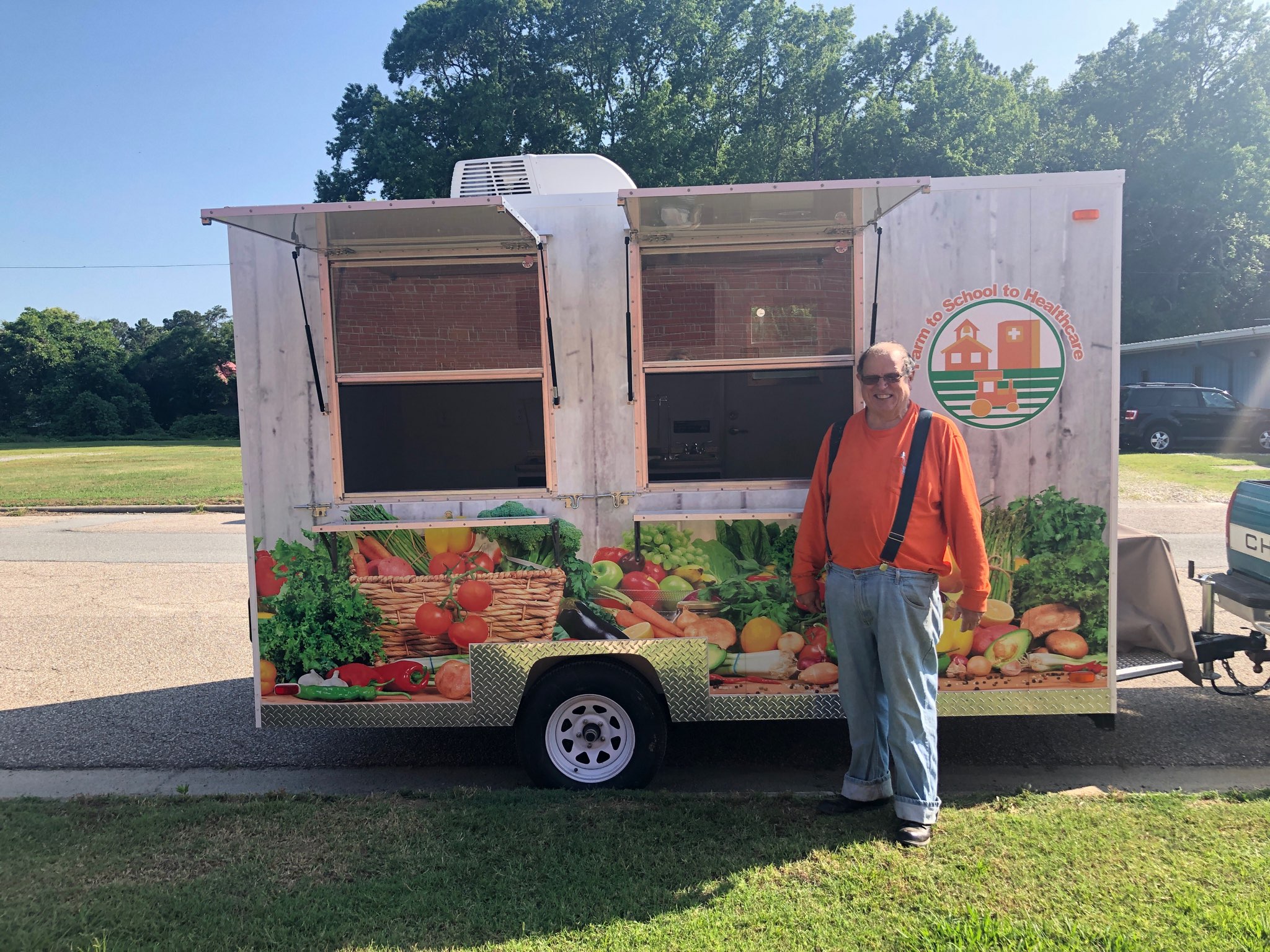Access to healthy foods is important in the fight against chronic diseases and crucial to a healthy lifestyle. Our mission is to improve access to fresh fruits and vegetables throughout Northeastern North Carolina using the following strategies:
- Supporting farmers markets and roadside stands by increasing SNAP/EBT acceptance and fruit and vegetable incentive programming
- Promoting community use of grounds and facilities for fruit and vegetable production by supporting community/school gardening and farming
- Resource sharing through a regional healthy foods coalition of representatives supporting community food security and healthy eating
- Partnering with nutrition education providers and fresh produce retailers to offer fruit and vegetables through Produce Prescriptions
- Assisting with the development of long-term plans that address healthy food access through policy and other environmental level programming
Food is accessible when it is affordable and community members can readily grow or raise it, find it, obtain it, transport it, prepare it and eat it.
The Healthy Food Policy Project
Farmers Markets, Farm Stands & Farms
These are places where local food is often found. Local food is defined by the USDA as the direct marketing of food to consumers that is produced and distributed in a limited geographic area.
- Search Local Markets
- PICH Guidebook
- The NC 10% Campaign is a collaborative statewide initiative led by the Center for Environmental Farming Systems (CEFS) and North Carolina Cooperative Extension promoting locally-grown/caught food, farmers and fishers, as well as the businesses and people who prepare, distribute, and sell food grown in North Carolina. Find more at: https://www.nc10percent.com/
- Find a short documentary series from The Cultivator about a local farmer and his daughter in Murfreesboro, Hertford County, North Carolina. It is called Brown & Daughter and you can watch it here: https://vimeo.com/422215540

Community Gardens
Community gardens are plots of land that are rented (for small amount of money or for free) by individuals for the benefit of the people caring for the garden and the community.

Food Pantries & Food Banks
Independent community food pantries are self-governing and usually distribute food to their clients on a once-a-month basis. A food bank is the storehouse for millions of pounds of food and other products that go out to the community.
- The Food Bank of the Albemarle aims to fight hunger and poverty in the 15-county area in northeast North Carolina. It serves: Beaufort, Bertie, Camden, Chowan, Currituck, Dare, Gates, Hertford, Hyde, Martin, Northampton, Pasquotank, Perquimans, Tyrrell and Washington Counties. Find more info and a list of food pantries at: https://afoodbank.org/
- The Food Bank of Central and Eastern NC is a nonprofit organization that has provided food to friends and neighbors facing hunger in 34 counties in central and eastern North Carolina. Of the PICH counties, it serves Edgecombe and Halifax Counties. Find local food pantries in these counties at: https://foodbankcenc.org/
- Benefits to Farmers of Donating Fresh Produce to Food Banks
- Healthy Food Drive Flyer
- Unprocessed Pantry Project Flyer

Produce Prescription Program
The PICH Produce Prescription program promotes affordable access to fruits and vegetables and healthy eating in underserved communities through partnerships with healthcare providers, community organizations and fresh produce retailers.

Healthy Food Policy
Local, state and federal laws that seek to promote access to healthy food while also contributing to strong local economies, an improved environment, and health equity, with a focus on socially disadvantaged and marginalized groups.

